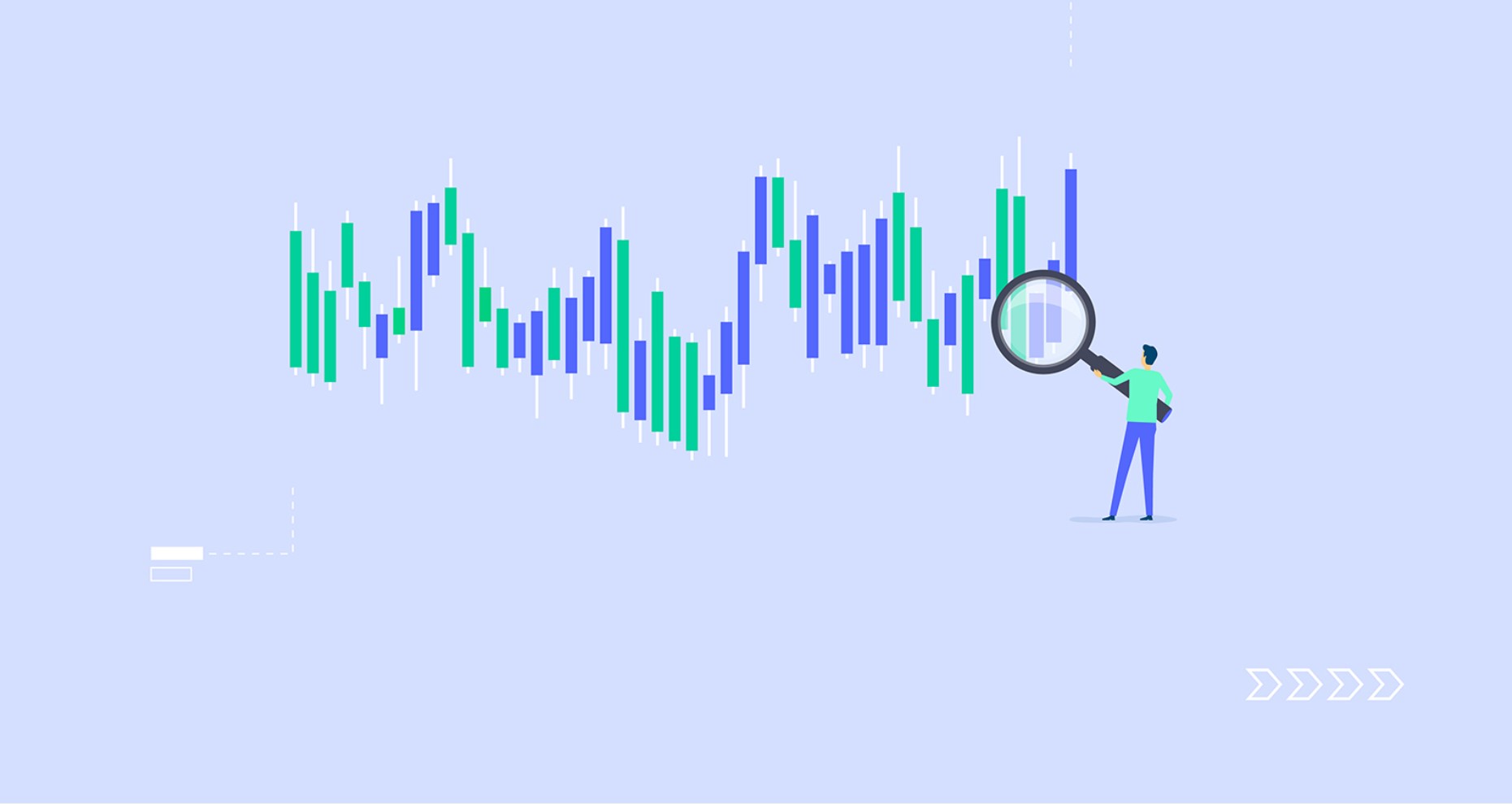Futures trading involves buying or selling contracts that promise the delivery of a specific asset at a predetermined price and date. Traders aim to profit from price fluctuations by speculating on whether the asset’s value will rise or fall. To achieve success in futures trading, it is crucial to develop and implement effective strategies that align with one’s trading goals and risk tolerance.
Fundamental Analysis in Futures Trading
Fundamental analysis involves evaluating the intrinsic value of an asset by examining relevant economic and market factors. It helps traders identify supply and demand dynamics, economic trends, and other factors that can impact future price movements.
1. Economic Indicators
- Traders often monitor economic indicators, such as GDP growth, inflation rates, and employment data, to gauge the overall health of an economy and its potential impact on specific markets. By understanding the relationship between economic indicators and futures prices, traders can make more informed trading decisions.
2. Supply and Demand Factors
- Supply and demand factors play a significant role in determining the prices of futures contracts. Traders need to analyze factors such as production levels, geopolitical events, weather patterns, and government policies that can influence supply and demand dynamics. This analysis helps identify potential trading opportunities.
Technical Analysis in Futures Trading
Technical analysis involves studying historical price and volume data to predict future price movements. Traders use various tools and techniques to identify patterns and trends in charts, which can provide valuable insights for making trading decisions.
1. Chart Patterns
- Chart patterns, such as triangles, head and shoulders, and double tops or bottoms, can indicate potential trend reversals or continuations. By recognizing these patterns, traders can enter or exit positions at favorable moments.
2. Moving Averages
- Moving averages smooth out price data and provide a visual representation of the underlying trend. Traders often use moving averages of different timeframes to identify short-term and long-term trends and potential entry or exit points.
Trend Following Strategy
Trend following is a popular futures trading strategy that aims to capture profits by riding the momentum of established trends. Traders identify the direction of the prevailing trend using technical analysis tools and enter positions in the same direction. They ride the trend until signs of reversal or exhaustion appear.
Breakout Strategy
The breakout strategy involves entering trades when the price breaks through significant support or resistance levels. Traders anticipate that the breakout will lead to a substantial price move in the same direction. Proper risk management and the use of stop-loss orders are crucial when employing this strategy.
Range Trading Strategy
Range trading involves identifying price ranges in which the futures contract has been trading and executing trades near support or resistance levels within that range. Traders aim to profit from the price oscillations within the established range.
- Definition: The range trading strategy is a popular approach in futures trading that involves identifying price ranges in which the futures contract has been trading.
- Support and Resistance Levels: Traders analyze historical price data to identify significant support and resistance levels within the established range.
- Entry Points: When the price approaches the support level, traders may consider buying the contract, anticipating a bounce back towards the resistance level. Similarly, near the resistance level, traders may consider selling the contract, expecting a pullback towards the support level.
- Price Oscillations: Range traders aim to profit from the price oscillations within the established range, capitalizing on the repetitive nature of the market.
- Timeframe Considerations: Range trading can be applied to various timeframes, from short-term intraday trading to longer-term swing trading, depending on the trader’s preferences and objectives.
- Technical Indicators: Traders may utilize technical indicators such as moving averages, Bollinger Bands, or oscillators like the Relative Strength Index (RSI) to confirm the range and identify potential entry and exit points.
- Risk Management: Range traders employ risk management techniques such as setting stop-loss orders to limit potential losses if the price breaks out of the established range.
- Volatility Considerations: Range trading is most effective in markets with relatively low volatility, as high volatility may result in sudden breakouts or breakdowns of the range.
- Patience and Discipline: Range trading requires patience and discipline to wait for favorable entry and exit points within the established range, avoiding impulsive trades.
- Range Breakout: Traders should be prepared for the possibility of a range breakout, where the price decisively moves above the resistance or below the support level. In such cases, traders may need to adjust their strategy or exit the position to avoid significant losses.
Carry Trading Strategy
The carry trading strategy takes advantage of the interest rate differentials between two currencies or markets. Traders borrow in a low-interest-rate environment and invest in a higher-yielding asset, aiming to profit from the interest rate differentials and potential price appreciation.
Scalping Strategy
Scalping is a short-term trading strategy that involves making quick trades to capture small price movements. Traders execute numerous trades within a day, aiming to accumulate small profits that can add up over time. This strategy requires precision and strict discipline.
Risk Management and Stop Loss Orders
Risk management is a crucial aspect of futures trading that helps protect traders’ capital and minimize potential losses. One of the key tools used in risk management is the implementation of stop loss orders. Stop loss orders are predetermined price levels at which traders automatically exit their positions to limit losses. By setting a stop loss order, traders define the maximum amount they are willing to risk on a trade. This proactive approach allows traders to manage their risk effectively and avoid substantial losses if the market moves against their position.
| Risk Management | Stop Loss Orders |
| Definition | Strategies to protect capital and minimize losses in futures trading. |
| Purpose | Preserve capital and minimize risk exposure. |
| Risk Assessment | Evaluate potential risks before entering a trade. |
| Position Sizing | Determine the appropriate position size based on risk tolerance. |
| Trade Monitoring | Continuously monitor trades for potential risks. |
| Psychological Impact | Reduce emotional stress by having predefined risk management strategies. |
Psychology of Trading
Emotional discipline and psychological resilience are vital for futures traders. Markets can be unpredictable, and trading decisions influenced by fear, greed, or overconfidence can lead to poor outcomes. Successful traders develop a trading plan, stick to their strategies, and manage their emotions effectively.
Backtesting and Paper Trading
Before committing real capital, traders often backtest their strategies using historical data to assess their effectiveness. Backtesting involves applying a trading strategy to past market conditions to evaluate its performance. Paper trading, on the other hand, allows traders to simulate trades without risking real money.
Choosing the Right Futures Contract
Choosing the appropriate futures contract is crucial for success. Traders need to consider factors such as liquidity, contract size, margin requirements, and the specific asset or market they want to trade. Conducting thorough research and understanding the contract specifications are essential steps in selecting the right futures contract.

